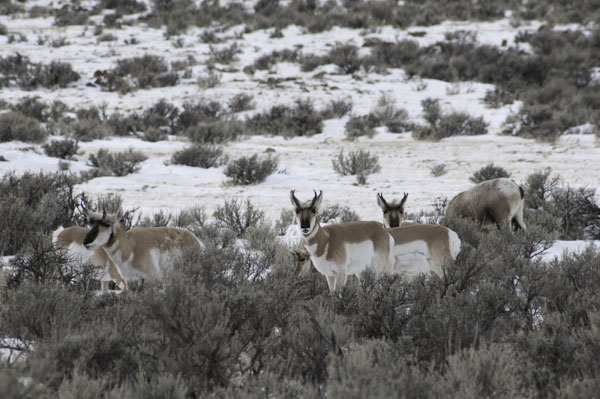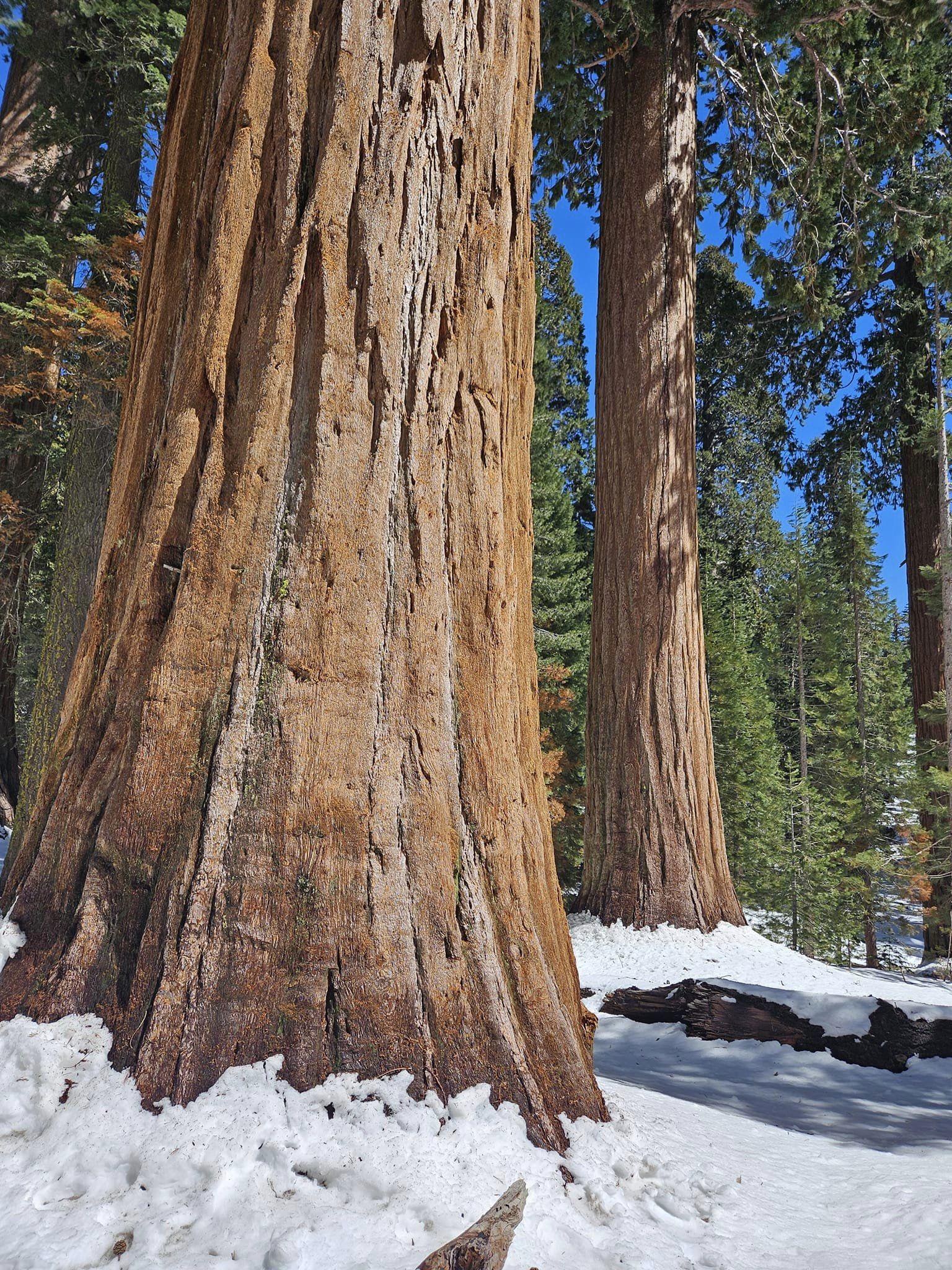Wildfire
-
An important question regarding sagebrush ecosystems, and species that rely upon them like sage grouse has to do with exactly what constitutes the fire rotation in sagebrush habitat? And a corrolary question is do current fire management policies emulate these historical conditions? William Baker’s paper, Scaling Landscape Fire History: Wildfires Not Historically Frequent in the…
-
Giant Sequoia May Require High-severity Blazes for their surival. Photo George Wuerthner During the summer of 2020 and 2021, with one of the most severe droughts in California’s recent history, wildfires charred thousands of acres in the Sierra Nevada. Some of the mountain range’s magnificent sequoia groves were among the areas burned. I recently visited…
-
High-severity blazes are critical to healthy forest ecosystems. Photo George Wuerthner I read yet another study circulated by UC Davis and doggedly promoted by the national media, encouraging more prescribed burning, thinning, and forest manipulation to reduce large high-severity blazes characterized as “bad.” The headline from UC Davis proclaims that scientists have documented, “Unprecedented…
-
In May, 2021 I happened to be traveling through northern California on my way to Lassen National Park. When I drove out of Chester, California, I encountered a number of forest thinning projects along the highway. So I photographed some of them, in part, because in many cases large fire-resistant trees were being removed. Then…
-
Hardly a day goes by when we don’t hear in the media and from the Forest Service that fire suppression is responsible for the intensity and size of wildfires. According to proponents, a “hundred years of fire suppression” has permitted the build-up of fuels, and by their assertion, more fuel results in larger conflagrations. However,…
-
The 400,000-acre Bootleg Fire created a mosaic burn pattern from unburned to high severity. Photo George Wuerthner The Capital Press, an Agricultural emphasis newspaper, recently ran a story about the 400,000-acre Bootleg Fire and the influence of forest management on the fire’s impact upon trees. In particular, the 26 Nov 2021 issue story titled Lessons…
-
Clearcut and thinning near Susanville, CA failed to halt the spread of the Dixie Fire. Photo George Wuerthner I recently got a message from Oregon Senator Merkley announcing that he supported more thinning and logging of our forests to reduce large wildfires. The irony is that logging/thinning is a primary source of Greenhouse Gas Emissions…
-
This site by Chester, California was treated by thinning and even clearcutting (seen in the background) and later burned in the Dixie Fire. Photo George Wuerthner A recent article in the Los Angeles Times on November 8th (Prescribed burns are crucial to reducing wildfire risks) Los Angeles Times highlights a California study that advocates…


